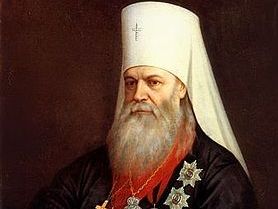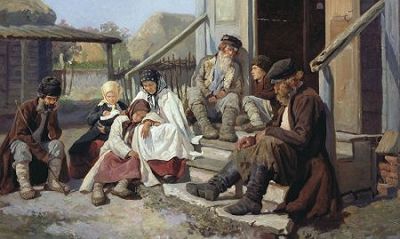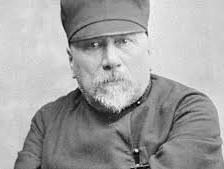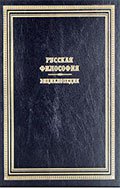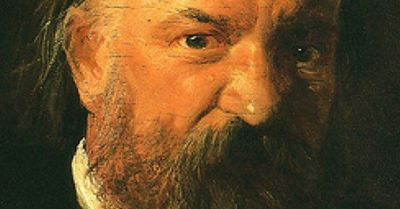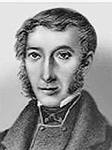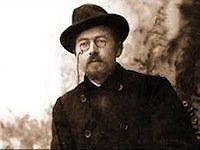В статье обсуждается понимание жизни и творчества Ф. Ницше в качестве религиозного феномена мыслителями Серебряного века (Шестов, Мережковский, Бердяев, Вяч. Иванов). В связи с этим автор статьи вводит понятие постницшевского христианства - пронизанного ницшеанскими интуициями и идеями «нового религиозного сознания». Первым поставив цель соединения христианства и язычества в перспективе Второго пришествия Христа, Мережковский заявил о Ницше как христианине нового типа. Иванов, заимствовав у Ницше неоязыческий мотив, наметил контуры дионисического мистического богословия. Роль Шестова, основоположника ницшеведения в России начала ХХ в., состоит в создании образа Ницше как религиозного учителя, открывшего новый путь к Богу. Постницшевское христианство было ничем другим как декадентским неоязыческим проектом: эту мысль автор доказывает, не только опираясь на тексты религиозных философов, но и учитывая особенности их биографий. The article studies the interpreting of F. Nitzsche’s works and biography as the religious phenomenby the Silber Age thinkers (Shestov, Merezhkovsky, Berdjaev, Ivanov). At the same time the article’s autoress elaborates the concept “postnitzschean Christianity” – that is “new religious mind” penetrated by the nitzschean intuitions and ideas. Merezhkovsky was the first who projected the connecting Christianity and paganism in the perspective of Second Christ’s coming; he proclaimed Nitzsche as the innovatory Christ’s follower. Ivanov borrowed the Nitzsche’s neopaganish motive and sketched something as the Dionisian mystic-theologian theory. Shestov was the founder of the nitzschean studies in Russia. He created the Nitzsche’s image as the religious teacher, who has opened the new way to God. The postnitzschean Christianity was the decadent neopaganish project: this thesis is being proved not only by the texts of the religious thinkers, but with taking into account their biographies.
